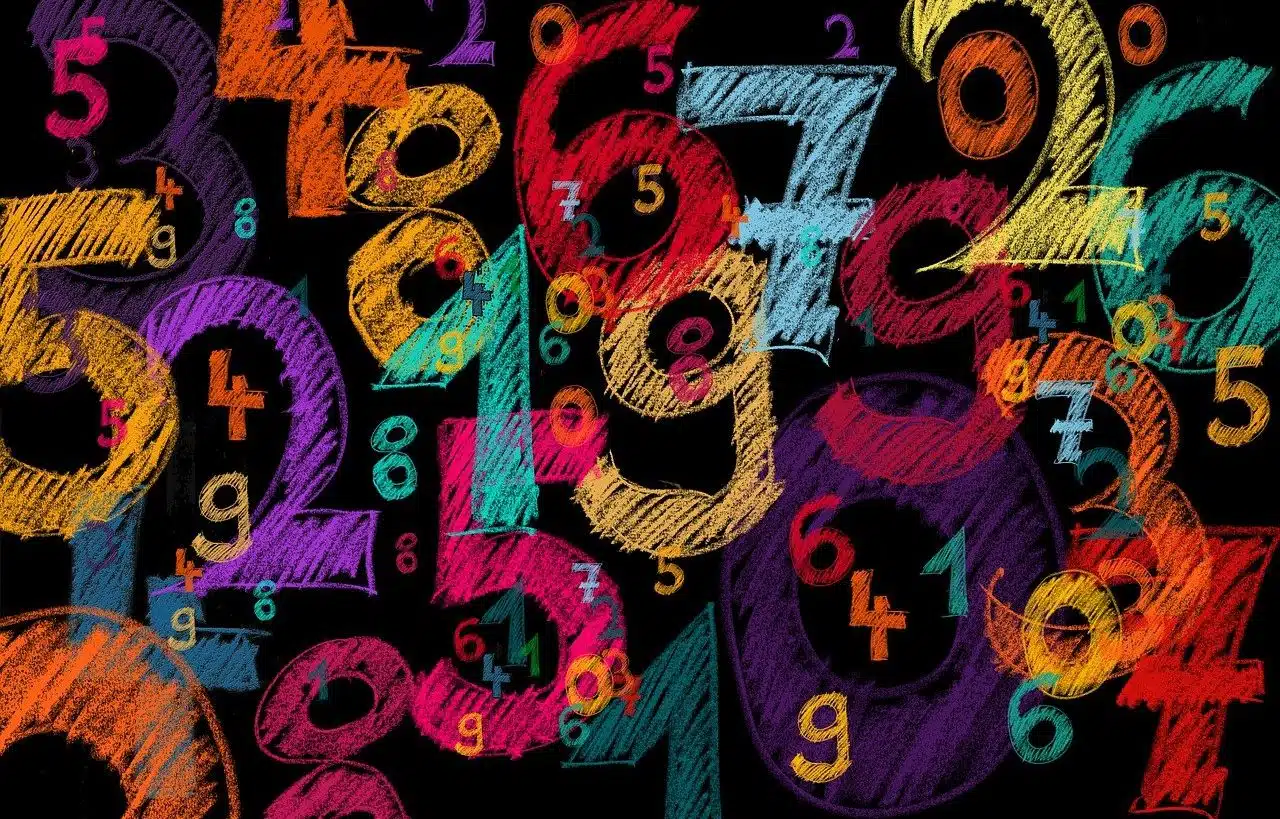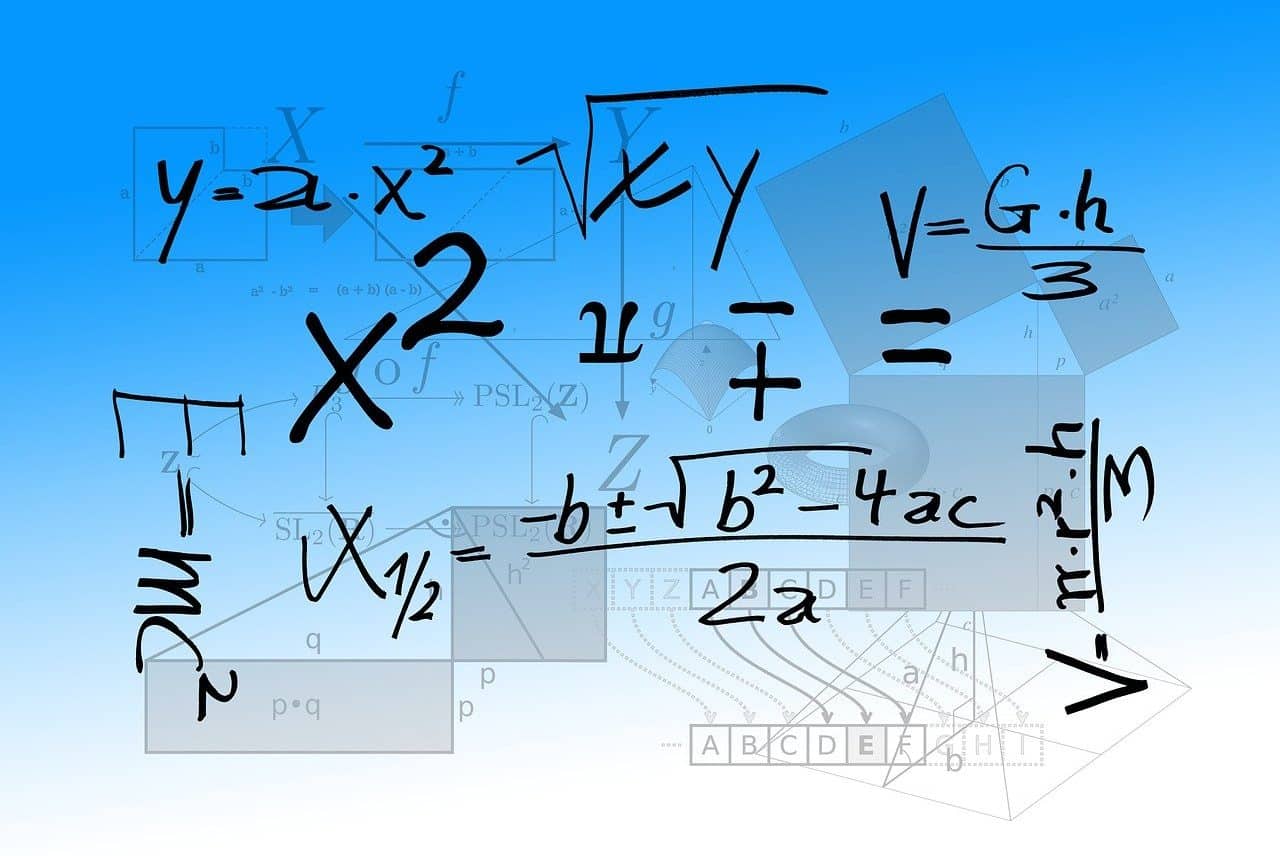
A geometric progression is a sequence composed of successive elements that are obtained by multiplying the previous element by a constant value.
A geometric progression is a sequence formed by successive elements , obtained by multiplying the previous element by a constant value . This constant is called the factor or ratio .
It should be noted that the notion of progression can be associated with a succession, progress, development or advancement of something. Geometric , for its part, is an adjective linked to geometry (the branch of mathematics oriented to the analysis of the characteristics of figures in a space or on a plane).
Characteristics of a geometric progression
Typically, a geometric progression refers to a sequence that has a finite number of terms. On the other hand, if the sequence extends to infinity , it is usually referred to as a geometric sequence .
A geometric progression whose ratio is 5 would be the following: 5, 25, 125, 625, 3125, 15625 . As can be seen, this progression is obtained by multiplying each term by 5 : 5 x 5 = 25 ; 25 x 5 = 125 ; 125 x 5 = 625 ; 625 x 5 = 3125 ; 3125 x 5= 15625 .

With geometric progression different operations can be performed.
The interpolation of terms
Within the scope of geometric progression, we have to explain that there is what is called interpolation of terms . This is used to define what is the construction of a geometric progression that is identified by the fact that its ends have given numbers. Thus, for example, it is established that three numbers must be interpolated between 3 and 48, the result will be made up of 6 , 12 and 24 .
How can this interpolation be calculated? Basically carrying out the following formula:
r = m+1 √b/a
In this formula, m corresponds to the number of means that must be interpolated and both b and a are the numbers that are at the extremes. Thus, in the example given above, m would be the number 3 , b would be 48 and a would be 3 .
Other operations with a geometric progression
In the same way, we cannot ignore that another series of mathematical operations can be carried out with any geometric progression. Specifically, you can proceed to the sum of a certain number of consecutive terms in any aforementioned progression, and also even if it is decreasing.
It is interesting to know in this sense that the sum of the terms of the progression is equal to the last term times the ratio minus the first term divided by the ratio minus 1 .
But there is still more. You can also make the product of a certain number of equidistant terms of a geometric progression.
The constant factor
It is important to note that the constant factor of a geometric progression can be a negative number or even a fractional number . When the ratio is a negative number, the elements of the geometric progression will alternate between positive and negative values:
Geometric progression with factor -3 : 8; -24; 72; -216 .
Geometric progression with factor 1.5 : 2; 3; 4.5; 6.75 .
Finally, it should be noted that if the factor is 1 , the geometric progression will be constant:
Geometric progression with factor 1 : 5, 5, 5, 5, 5 (since 5 x 1 = 5 ; 5 x 1 = 5 , etc.)
